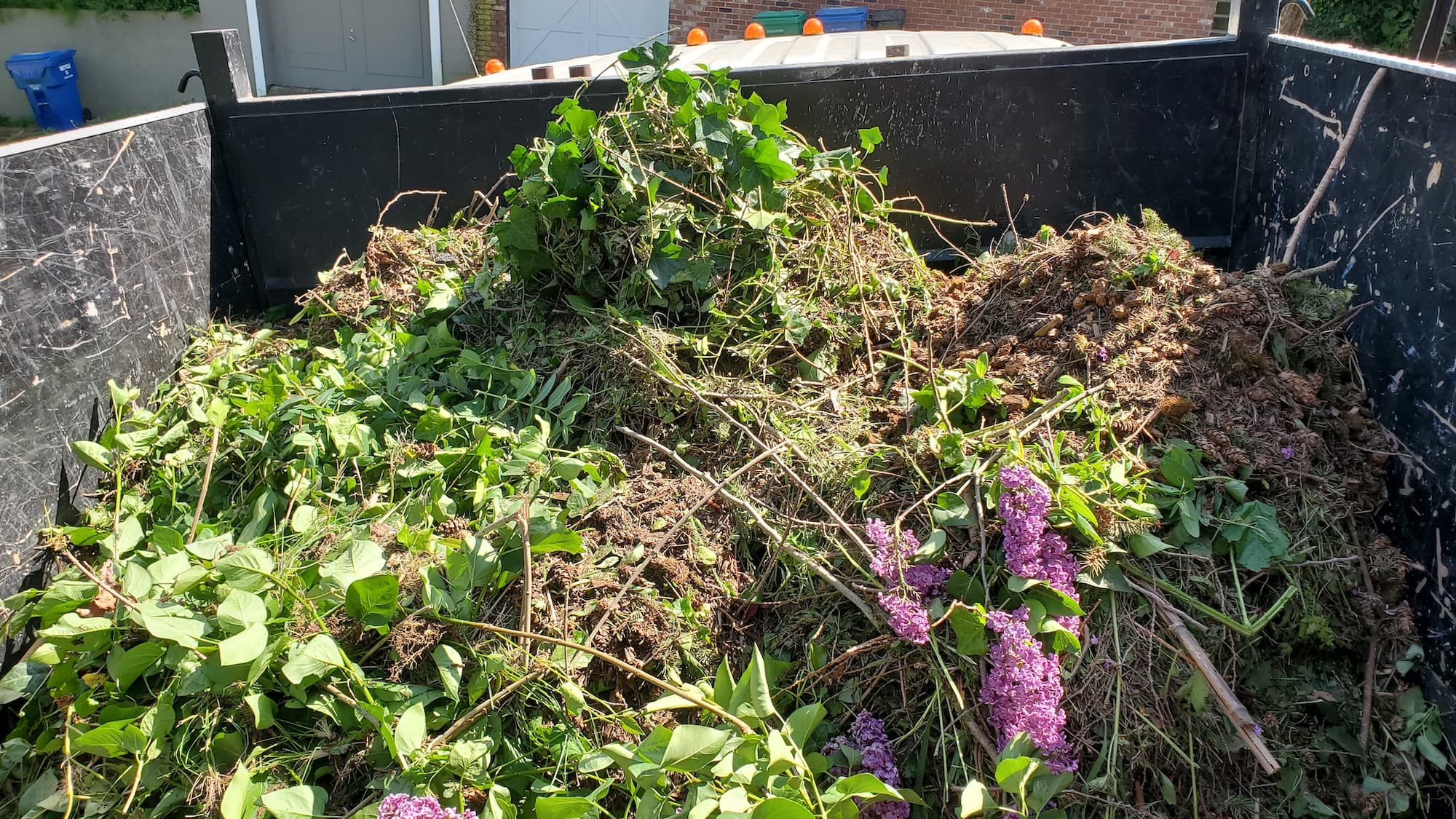West Seattle Drive-Edge Weed Prevention
Homeowner’s Issue
Drive edges in West Seattle live at the intersection of heavy winter rain, pockets of compacted clay, and tight planting zones. Many properties sit on bluffs, slopes, or narrow berms that channel runoff from roofs and roads; that constant moisture encourages moss, shallow-rooted weeds like chickweed and oxalis, and invasive runners (ivy and blackberry) in lower-lying spots. Homes around Alki, Admiral and the Morgan Junction corridors see salt spray and sand in winter, which changes soil structure and favors tough pioneer weeds in cracks and gravel edges.
Narrow strips next to driveways get inconsistent sun—morning shade on north-facing edges and intense afternoon sun on west exposures—so plant and mulch choices must match microclimates. HOA expectations in many West Seattle neighborhoods favor tidy, low-growing buffers; municipal water-use guidance during dry summers encourages drought-wise approaches. The result: homeowners need a preventive plan that reduces recurring hand-weeding, improves drainage where edging traps water, and keeps curb appeal without relying on chemicals. Sustainable, physical solutions—better edging, targeted soil prep, mulch/gravel barriers and resilient groundcovers—deliver long-term control and fewer return visits.
Our Quality Service
We deliver non-chemical, practical solutions focused on lasting results. Typical sequence and tools:
- Onsite assessment of soil, slope, sunlight and existing plant pressure.
- Mechanical removal: hand-pulling, digging out roots, and turf/edge trimming.
- Power edging or spade-cutting to create a clean soil-to-surface barrier.
- Installing mulch or compacted gravel bands with a permeable base.
- Optional planting of low-growing, native or drought-tolerant groundcovers.
Timeline: most standard drive-edge jobs finish in 1–4 hours; slope or invasive-root work may require a follow-up visit. We time work to avoid heavy rain and advise spring/fall windows for the best weed-suppression results. All methods are sustainable—no herbicides—and prioritize soil health, permeability, and long-term low maintenance.
Benefits: safer edges, consistent curb appeal, reduced long-term labor, improved drainage on slopes, and plant-forward solutions that meet neighborhood standards.
What’s Included
- Initial site assessment and photographic notes.
- Mechanical weed removal (roots removed where possible).
- Clean edging (spade-cut or mechanical) to define the drive edge.
- Soil prep: light tilling and redistribution to fix low spots.
- Mulch or gravel installation to specified width and depth.
- Final tidy and green-waste haul-away or green-bin placement (your choice).
Options / Upgrades
- Mulch + biodegradable landscape fabric under gravel for high-traffic edges.
- Native, low-growing groundcovers to replace bare soil.
- Rock/gravel band with permeable base for improved drainage.
- Seasonal follow-up visits (spring and fall) for early seedling removal.
- Composting or haul-away of removed plant material (we sort for green bin).
Before & After / Expectations
- Mess & noise: expect short-term mess (cut roots, soil, mulch) and typical tool noise; work is contained to the driveway edge.
- Access: we need close driveway access and safe working space; please remove cars on service day or let us know if access is limited.
- Debris handling: we remove green waste and can compost on request or leave sorted for your green bin pickup.
- Timelines: after mulching/gravel the barrier is immediate; full suppression of established weeds takes one growing season and occasional hand-weeding.
- Regrowth: persistent runners (ivy, blackberry) require repeated removal; we identify these and recommend a scheduled follow-up plan.
- Care tips for West Seattle:
- Replenish mulch annually in late fall to suppress winter germination.
- Hand-pull seedlings in early spring before heavy rains.
- For moss: increase air flow and raking in shaded, compacted spots rather than chemical moss killers.
- Water new plantings in early morning during dry stretches; follow city water guidance.
FAQs (3–5)
Q: Do you use herbicides?
A: No. We use mechanical, mulch, gravel and planting strategies only—no chemical herbicides.Q: How long before I see a difference?
A: Edges look cleaner immediately; measurable reduction in seedlings often appears after one growing season with proper mulch and follow-up.Q: Will gravel stop weeds completely?
A: Gravel reduces weed pressure but doesn’t eliminate it; a permeable base and periodic hand weeding keep it tidy long-term.Q: Do you handle invasive roots like ivy or blackberry?
A: Yes. We remove as much root as practical and recommend scheduled follow-ups for full control.Q: Can you compost the removed material?
A: Yes — we can haul away, deliver to your green bin, or compost on request.
Call to Action
West Seattle homeowners: keep drive edges tidy without chemicals. Book a free estimate and get a practical, sustainable plan that fits slope, sun and HOA needs. Quick scheduling for most jobs and realistic maintenance plans that reduce return visits.
Email: neatandtidyseattle@gmail.com
Preserve curb appeal, protect soil health, and get a drive edge that stays put.










